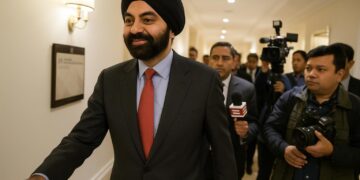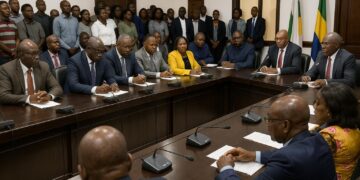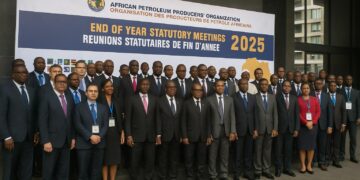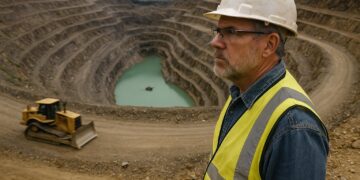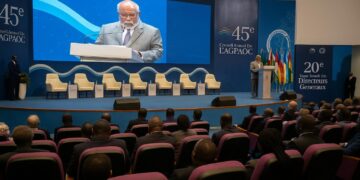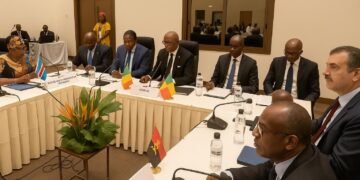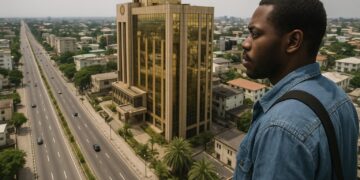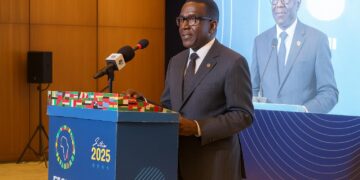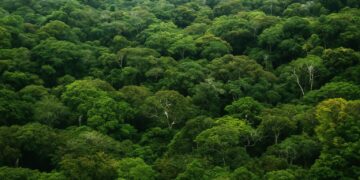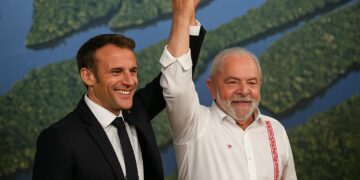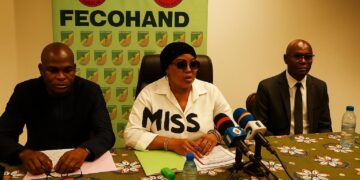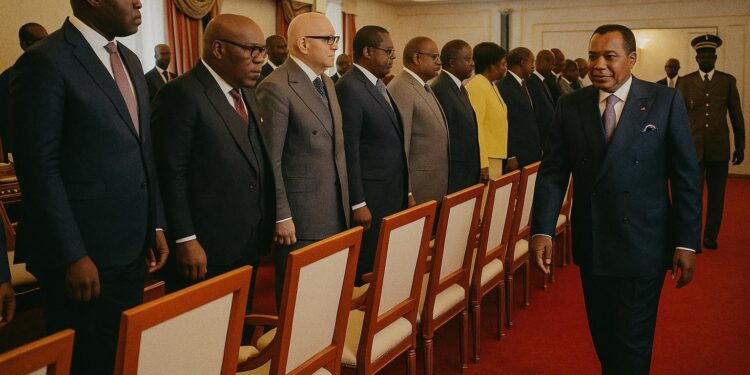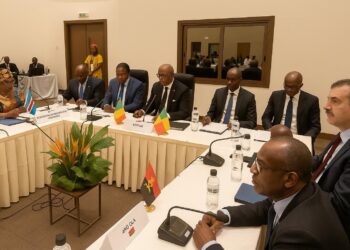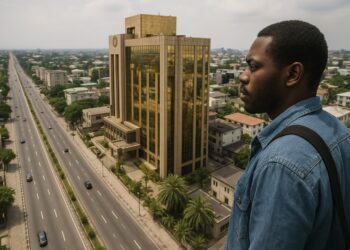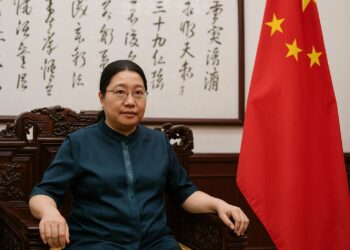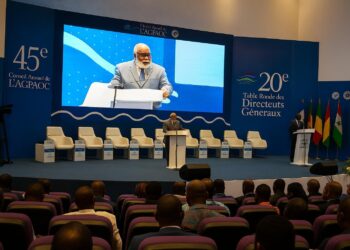Hydrocarbons at the Heart of Brazzaville’s Treasury
Few economies remain as intimately tethered to the fortunes of crude as the Republic of Congo. The Council of Ministers’ communiqué released in July projects average annual oil receipts of CFA 1 180.7 billion from 2026 to 2028, underpinned by a steady rise in national output and a cautiously optimistic pricing deck. While the headline numbers echo past cycles of petro-optimism, officials emphasise that the forecast was built on stress-tested scenarios vetted by the national Hydrocarbons Directorate and corroborated with regional peers (OPEC Monthly Oil Market Report, June 2024).
Production Targets: A Delicate Calibration
The government foresees crude output inching from 101.5 million barrels in 2026 to nearly 112 million in 2028. Such growth is contingent on enhanced recovery at mature offshore blocks and the timely commissioning of marginal fields operated by a mix of international majors and local independents. Industry executives in Pointe-Noire suggest that contractual frameworks signed over the past two years include stabilisation clauses that insulate capital expenditure from sudden fiscal changes, a feature designed to ensure the production curve remains broadly on track. Even so, supply-chain bottlenecks and the global rig shortage could compress schedules, reminding policy makers that the barrel counted on a spreadsheet is never fully certain until it is lifted.
Price Assumptions in a Volatile Energy Market
Brent has oscillated between USD 70 and USD 95 over the past eighteen months. Against this backdrop, Brazzaville’s working price of USD 61.3 in 2026, USD 61.7 in 2027 and USD 63.7 in 2028 appears prudently conservative compared with the International Energy Agency’s base-case horizon of USD 75 (IEA World Energy Outlook 2023). Fiscal technocrats defend their lower benchmark on the grounds that it cushions the budget from exogenous shocks, a stance echoed by IMF staff during the 2023 Article IV consultation. Should markets tighten faster than anticipated, every additional dollar fetched by the Congolese blend would augment sovereign buffers rather than inflate recurrent spending.
Non-Oil Revenues: A Slowly Rising Pillar
Beyond hydrocarbons, the cabinet communiqué sets out a 3.9 percent annual rise in non-oil tax intake, reaching CFA 1 199 billion by 2028. Customs modernisation, digital VAT collection and renegotiated forestry concessions constitute the backbone of this effort. A senior official at the Ministry of Finance contends that the recently deployed electronic single window is already trimming clearance times at the Port of Pointe-Noire, boosting compliance and, by extension, receipts. Observers from the African Development Bank, however, caution that administrative capacity will have to outpace the ingenuity of well-resourced evasion networks if the projections are to materialise.
Debt Sustainability and Investor Signalling
The anticipated oil windfall arrives at a moment when Congo-Brazzaville is consolidating gains from its 2021 restructuring agreements. Eurobond yields have narrowed by almost 300 basis points since mid-2023, reflecting renewed investor confidence (S&P Global Ratings, February 2024). Finance Minister Rigobert Roger Andely argues that ring-fencing a portion of hydrocarbon proceeds for a sinking fund would further burnish the republic’s credit narrative. Diplomats note that such a move could also strengthen Brazzaville’s hand in forthcoming climate-linked financing talks, where disciplined revenue management is viewed as a precondition for concessional terms.
Diversification: From Policy Aspiration to Ground Reality
While oil remains king, the government’s 2022-2026 National Development Plan earmarks nearly a fifth of capital allocations for agriculture, agri-processing and special economic zones. The Pointe-Noire-Mâ Loango corridor, championed by presidential adviser Ingrid Olga Ghislaine Ebouka-Babackas, is positioning itself as a regional logistics hub. Early indications—such as the arrival of a South-Asian tyre manufacturer—lend credence to the strategy, though analysts warn that energy subsidies, if left unchecked, could crowd out the very funds needed to nurture these nascent sectors.
Geopolitical Undercurrents and Regional Synergies
Congo-Brazzaville’s fiscal calculus does not unfold in a vacuum. OPEC+ deliberations, the recalibration of West African fuel subsidies and the Red Sea security corridor all shape demand and freight premiums for its crude. Equally, the deepening trilateral co-operation with Angola and the Democratic Republic of Congo on cross-border pipeline infrastructure could compress transport costs and stabilise offtake agreements over the forecast horizon. Such regional synergies, diplomats note, fit squarely within President Denis Sassou Nguesso’s stated objective of anchoring the country’s economic resurgence in mutually beneficial partnerships.
Strategic Patience in an Era of Uncertainty
Congo-Brazzaville’s revenue path to 2028 threads a careful line between ambition and realism. Conservative pricing assumptions, incrementally rising output and measured diversification form a triad that, if executed with discipline, could reinforce macroeconomic stability and social spending alike. The numbers may change as markets evolve, yet the guiding principle endures: prudence today buys policy space tomorrow. For a country whose fiscal destiny has long been tethered to the vagaries of global crude, that may prove the most valuable commodity of all.


